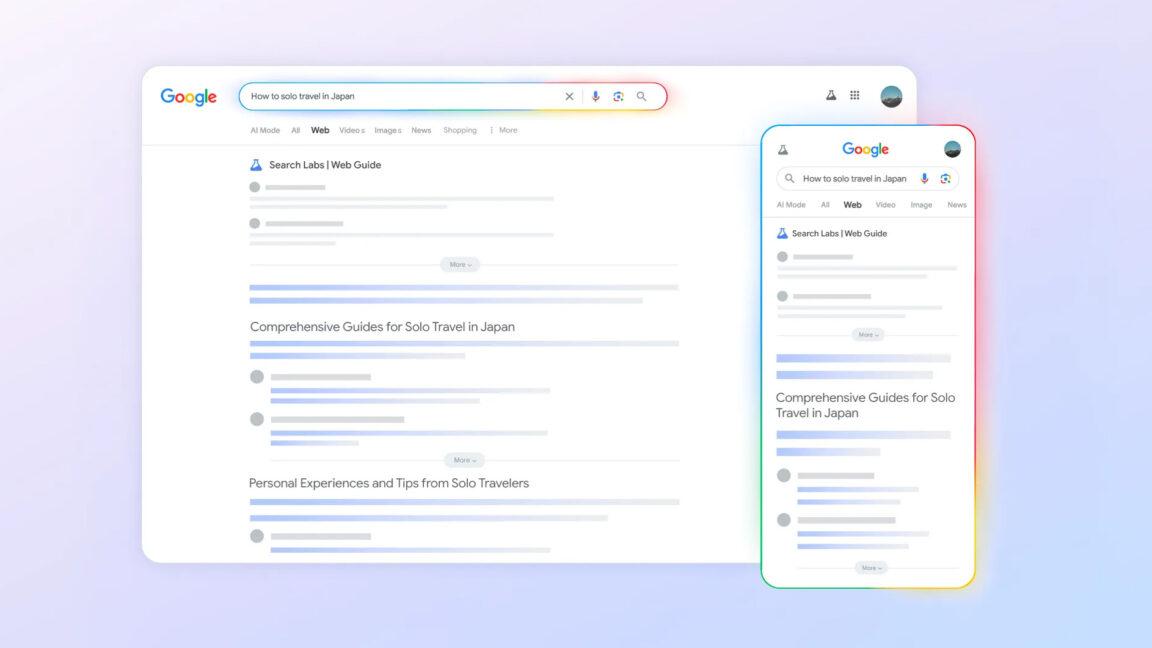The More Clear Can Reach, the More It Can Collect: The Risks of Biometric Data Collection
The more Clear can reach into customers’ lives, the more valuable customer data it can collect. All user interactions and experiences can be tracked, the company’s privacy policy explains. While the policy states that Clear will not sell data and will never share biometric or health information without “express consent,” it also lays out the non-health and non-biometric data that it collects and can use for consumer research and marketing. This includes members’ demographic details, a record of every use of Clear’s various products, and even digital images and videos of the user.
Data Collection and Analysis
Clear representatives emphasized to MIT Technology Review that the company “does not share or sell information without consent,” though they “had nothing to add” in response to a question about whether Clear can or does aggregate data to derive its own marketing insights, a business model popularized by Facebook. “At Clear, privacy and security are job one,” spokesperson Ricardo Quinto wrote in an email. “We are opt-in. We never sell or share our members’ information and utilize a multilayered, best-in-class infosec system that meets the highest standards and compliance requirements.”
Risks of Data Collection
However, this influx of customer data is not just good for business; it’s risky for customers. It creates “another attack surface,” Gilliard warns. “This makes us less safe, not more, as a consistent identifier across your entire public and private life is the dream of every hacker, bad actor, and authoritarian.”
A Face-Based Future for Some
Clear is in the middle of another major change: replacing its use of iris scans and fingerprints with facial verification in airports—part of “a TSA-required upgrade in identity verification,” a TSA spokesperson wrote in an email to MIT Technology Review.
Facial Recognition Technology
For a long time, facial recognition technology “for the highest security purposes” was “not ready for prime time,” Seidman Becker told Swisher and Goode back in 2017. It wasn’t operating with “five nines,” she added—that is, “99.999% from a matching and an accuracy perspective.” But today, facial recognition has “significantly improved” and the company has invested “in enhancing image quality through improved capture, focus, and illumination,” according to Quinto.
Conclusion
Clear’s shift to facial recognition technology in airports is part of a broader trend towards biometric identification in the US travel industry. While proponents argue that facial recognition technology will increase security and convenience, privacy experts warn that relying on faces for identity verification is even riskier than other biometric methods.
FAQs
* What data does Clear collect from its users?
+ Clear collects demographic details, a record of every use of Clear’s various products, and even digital images and videos of the user.
* Does Clear share or sell user data?
+ Clear does not share or sell user data without consent.
* What is the purpose of Clear’s data collection?
+ The purpose of Clear’s data collection is for consumer research and marketing.
* Is facial recognition technology more secure than other biometric methods?
+ No, facial recognition technology is considered to be less secure than other biometric methods, as it is easier to scan people’s faces passively.











